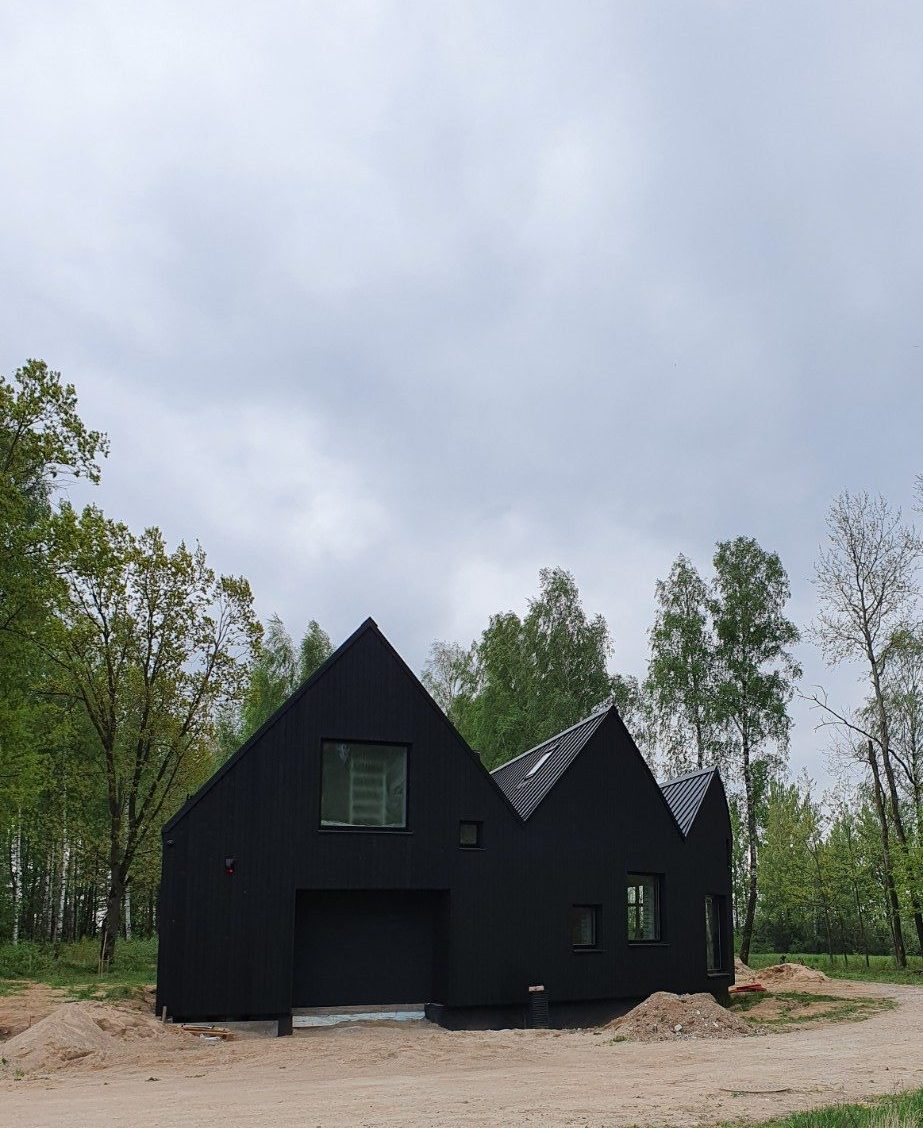Types of Wood Siding for Modern Homes
Siding or cladding a home is something that has been around for generations. It has been used both as a form of artistic expression and as structural protection for the home itself. There are many different types of siding on the market today, but none has stood the test of time quite as wood has. Thanks to its intrinsic endurance and its connection with nature, wood siding provides the toughness and natural beauty that many people are looking for, even in these modern times.

But which one is best? There are many different types of wood sidings – almost as many as there are types of wood! However, each has different strengths and weaknesses that should be noted.
The Most Common Types of Wood Siding
When considering different types of siding for a home, most people think of only the outward appearance. And while that is an important factor (nobody wants a house with ugly siding!), it’s also not the only aspect to consider. The type of siding you choose can also affect everything from weather resistance to insulation. When choosing between the various types of wood siding, it’s essential to know the characteristics of each option and make an informed decision.
Below is a review of the most common types of siding available, and some general guidelines in making the wisest choice.
Pinewood
A widespread type of wood cladding by far, mainly because of its price, is pinewood. The most cost-effective option on this list, pinewood sacrifices a little bit of durability in favor of being more budget-friendly.
Pinewood is generally known as a “softwood”; a more pliable wood produced from certain trees, such as a pine tree in this case. As the term softwood implies, pinewood siding is a bit more soft and slightly more subject to warping and rot over time.
Additionally, finding pinewood that is free from knots can be quite challenging and more expensive. This basically renders the cost-advantage of pinewood moot, and it might be worthwhile to consider a higher-grade wood at that point.
Still, pinewood can be an effective, long-lasting siding option for those who are on a tight budget and given the right conditions.
Cedarwood
A more robust type of wood than pinewood, cedarwood is usually a better option despite the higher average price. With that higher price-point come several benefits over pinewood, such as being resistant to wood rot, and being a more resilient and robust wood overall. Though the price of cedarwood may be higher at the outset, its durability will generally lead to cost savings over pinewood in the long-term.
With that said, cedarwood does have a few downsides – mainly the requirement for regular cleaning. Depending on the specific climate, weather conditions, and humidity, cedarwood will require regular painting and pressure-cleaning to remain in top condition. With the right kind of maintenance, though, cedarwood will hold up much better than pinewood and provide a (subjectively) nicer appearance for many years.
Cypress
The most expensive wood on this list is cypress. Classified as a hardwood, cypress is one of the most durable types of wood. It is often used and reused, being salvaged from older structures while still maintaining its durability.
As mentioned, though, the biggest downside to cypress is its cost. In fact, one of the reasons cypress is reused so much is not only because it is so durable, but also because it can sometimes be less expensive to salvage cypress wood rather than mill it fresh. Cypress prices have been known to skyrocket!
Therefore, the cost of cladding a modern home with cypress can be prohibitively expensive for all but the wealthiest of homeowners.
Firwood
On the other end of the spectrum to cypress is firwood. In the same average price range as pinewood, firwood is one of the less expensive options, but can actually be easier to find in certain regions than pinewood.
One unfortunate similarity that firwood has to pinewood is its susceptibility to warping under certain climates. This places firwood in a similar category as standard (non-charred) pinewood. Firwood is a less expensive option and will hold-up in the right conditions, but it is not as durable as a more robust wood such as cedar.
Charred Wood

One option that gets a special mention and requires a bit of an introduction is charred wood. Also called burnt wood, Shou Sugi Ban or Yakisugi, this is a Japanese style of charring various types of timber. The wood is carefully burnt and then coated with layers of boiling oil, using an ancient artistic method named Shou Sugi Ban. This charring produces a beautiful, rich wood and has the additional benefit of preserving and waterproofing.
The various types of wood that can be charred are Accoya, larch, spruce, pine, and cedar. Charring pinewood, for example, will significantly improve its resiliency, endurance, and even its visual appeal.
Another benefit of Shou Sugi Ban cladding is that after the treatment is applied, very little maintenance will be needed afterward. The resiliency of the wood is highly reinforced, almost like a fine suit of armor, which is both durable and aesthetically pleasing. In fact many people have their wood charred with Shou Sugi Ban simply for the visual appearance alone!
Conclusion
With all of these considerations in mind, it becomes easy to see that Shou Sugi Ban cladding is a cost-effective and beautiful option for any modern home. Even the least expensive of pinewood can be made stronger and visually stunning. For only a slight increase in price, a vast improvement in cladding attributes can be achieved.
Degmeda specializes in the ancient art of Shou Sugi Ban and offers solutions for cladding, flooring, fencing, and decking. No matter the type and scope of your project, Degmeda offers a solution in this timeless, traditional artistry.